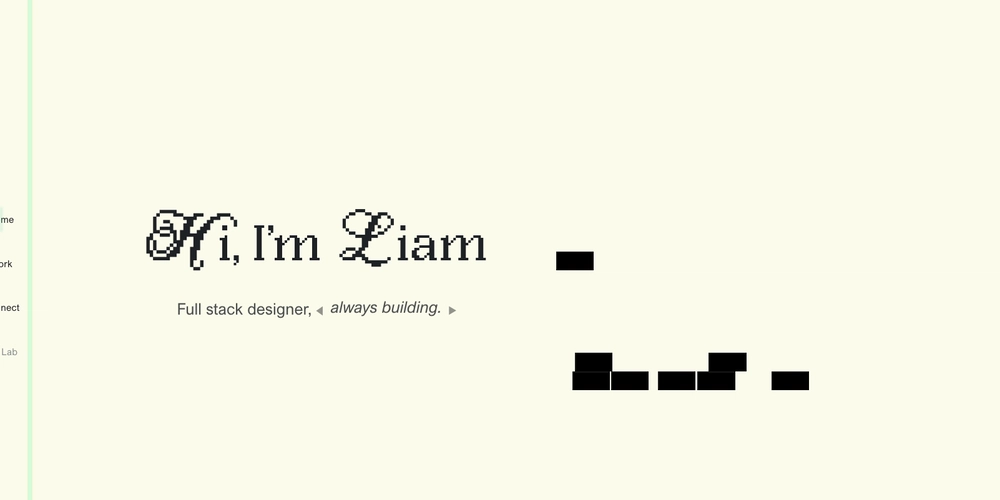Destructor in python
A destructor (del) is used to clean up resources when an object is about to be destroyed. It doesn't run immediately after an object is no longer used, but is triggered automatically by Python's garbage collector when there are no more references to that object. Important Points: Python automatically calls the destructor (del) Python uses garbage collection to clean up unused objects. When no more variables reference an object, Python automatically calls del() (if defined). When is del() useful? You might define a destructor when: You need to close a file. You need to disconnect from a database. You want to log or free up a custom resource. You don’t manage memory directly (like in C/C++). Python handles memory. You can’t force the garbage collector to run at an exact time (though you can suggest it using gc.collect()).

A destructor (del) is used to clean up resources when an object is about to be destroyed. It doesn't run immediately after an object is no longer used, but is triggered automatically by Python's garbage collector when there are no more references to that object.
Important Points:
Python automatically calls the destructor (del)
Python uses garbage collection to clean up unused objects.When no more variables reference an object, Python automatically calls del() (if defined).
When is del() useful?
You might define a destructor when:
You need to close a file.
You need to disconnect from a database.
You want to log or free up a custom resource.
- You don’t manage memory directly (like in C/C++). Python handles memory.
You can’t force the garbage collector to run at an exact time (though you can suggest it using gc.collect()).





























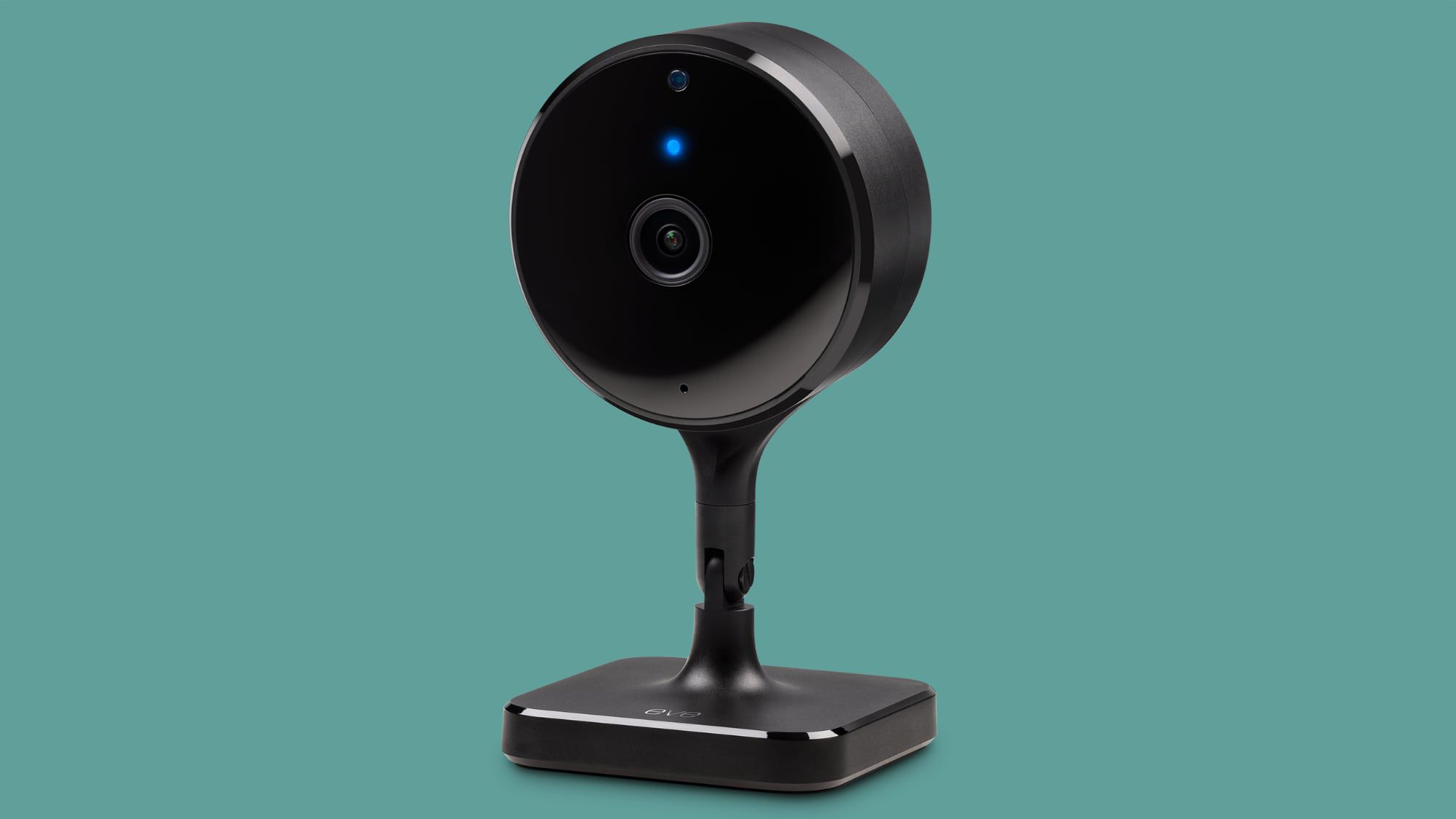

















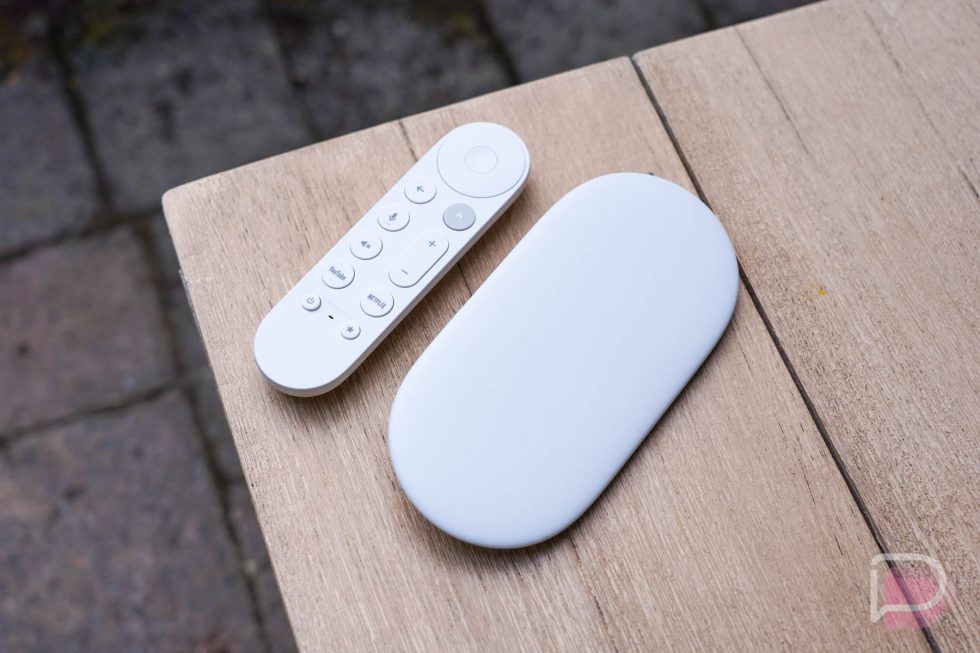

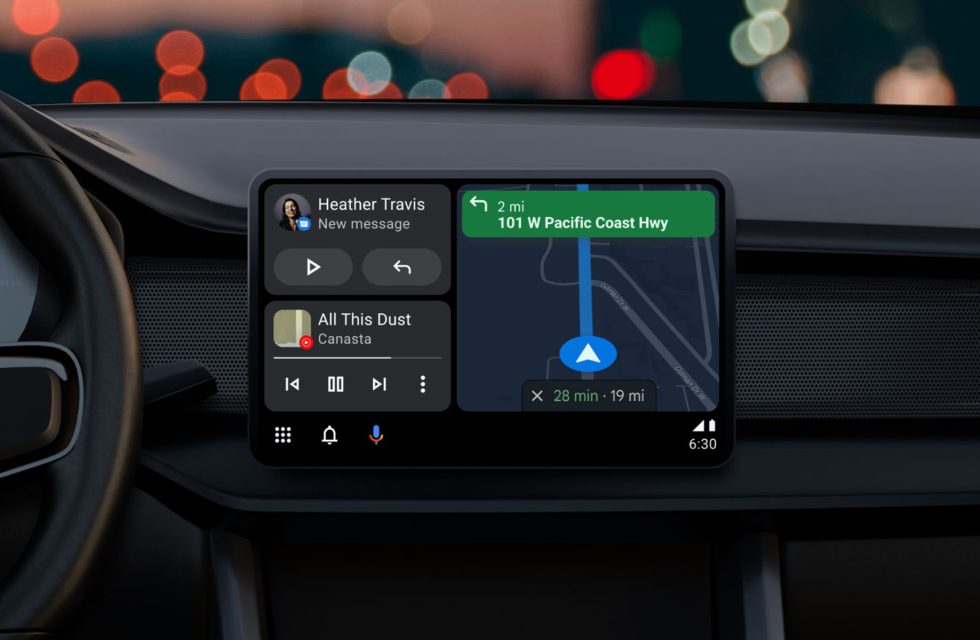























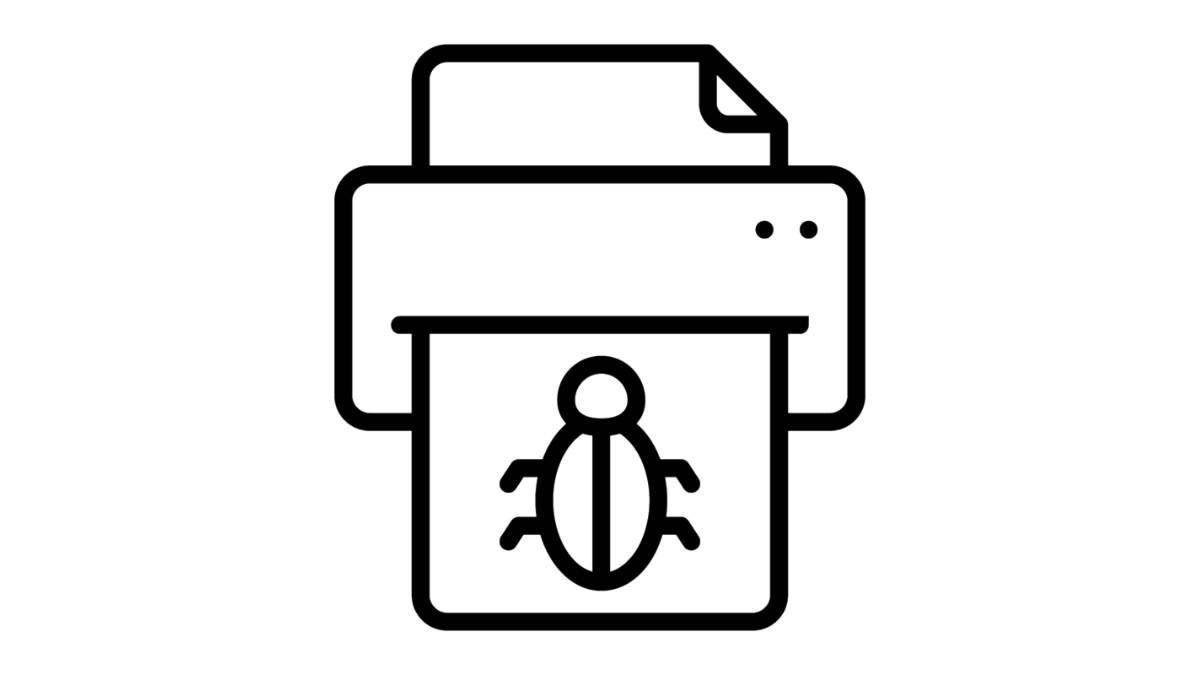

![Apple Leads Global Wireless Earbuds Market in Q1 2025 [Chart]](https://www.iclarified.com/images/news/97394/97394/97394-640.jpg)

![OpenAI Acquires Jony Ive's 'io' to Build Next-Gen AI Devices [Video]](https://www.iclarified.com/images/news/97399/97399/97399-640.jpg)














![YouTube rolling out updated miniplayer on Android, iPhone [U]](https://i0.wp.com/9to5google.com/wp-content/uploads/sites/4/2024/11/YouTube-Android-app-1.jpg?resize=1200%2C628&quality=82&strip=all&ssl=1)






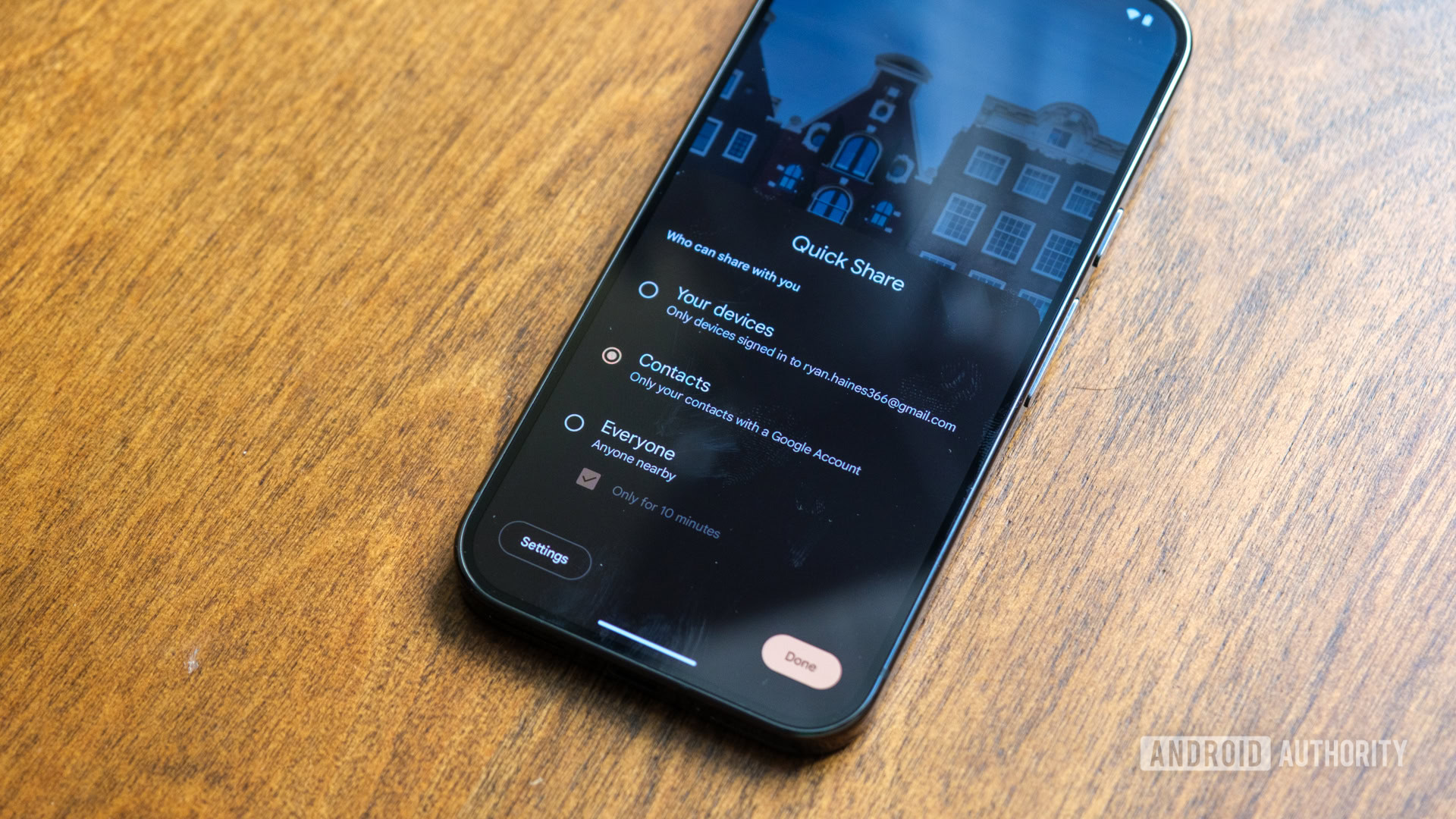






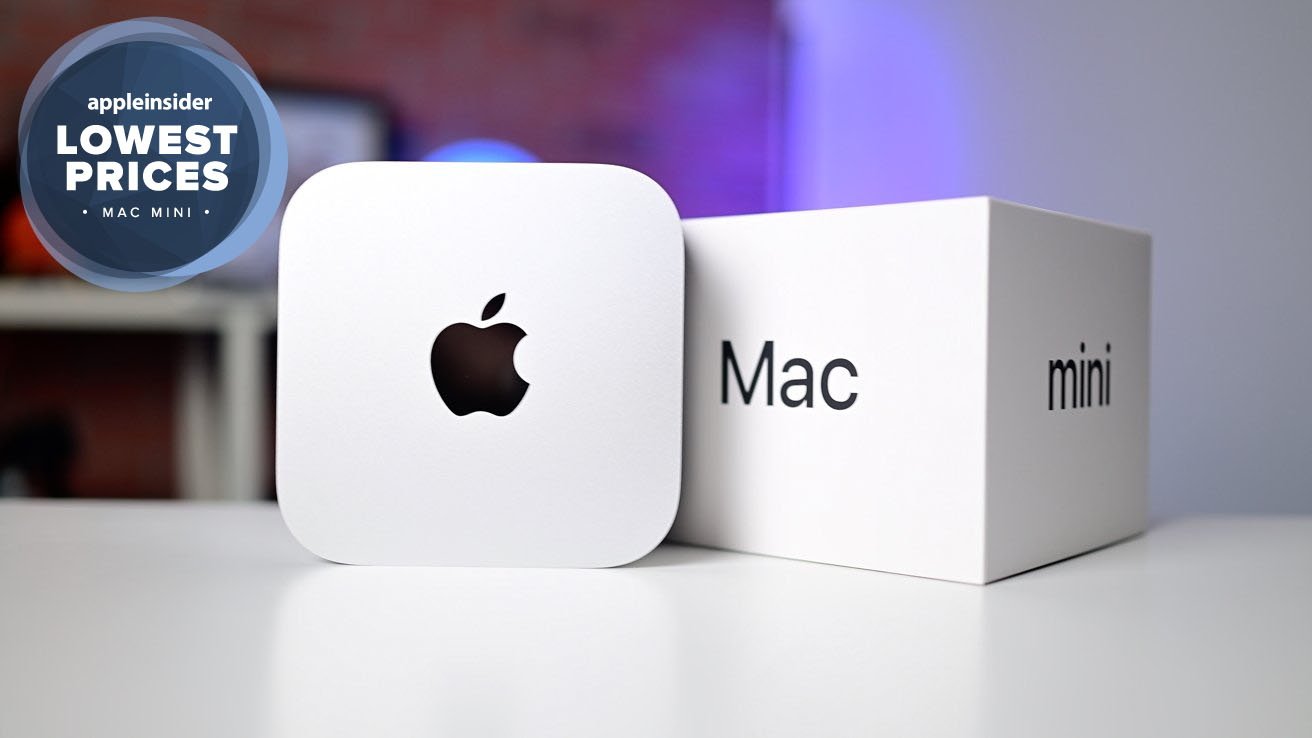
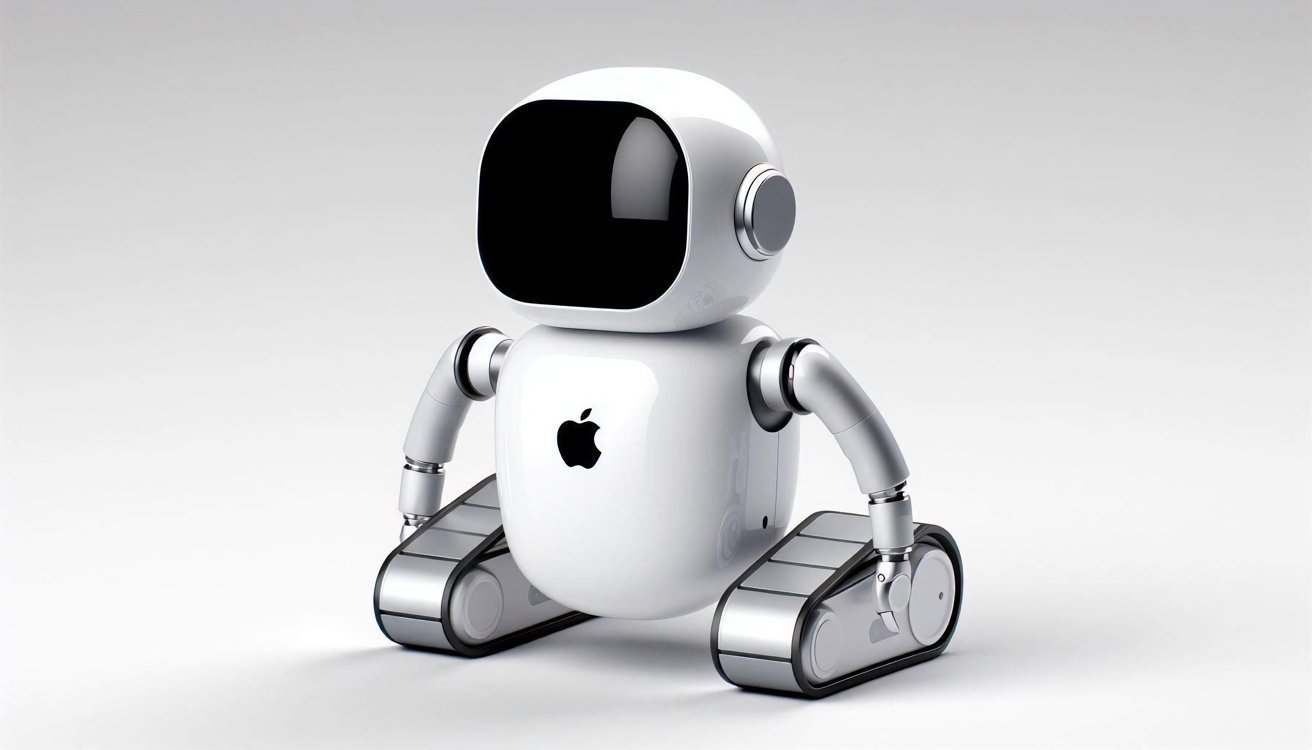


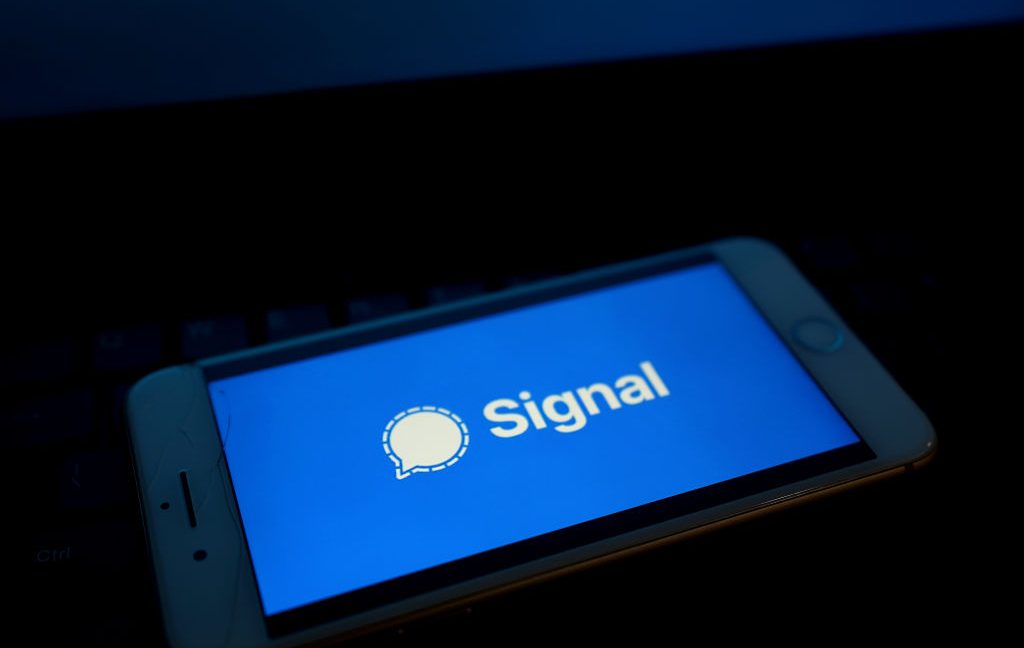












































































.webp?#)






_Alan_Wilson_Alamy.jpg?width=1280&auto=webp&quality=80&disable=upscale#)


















































































































![[The AI Show Episode 148]: Microsoft’s Quiet AI Layoffs, US Copyright Office’s Bombshell AI Guidance, 2025 State of Marketing AI Report, and OpenAI Codex](https://www.marketingaiinstitute.com/hubfs/ep%20148%20cover%20%281%29.png)






























































































































































































































































